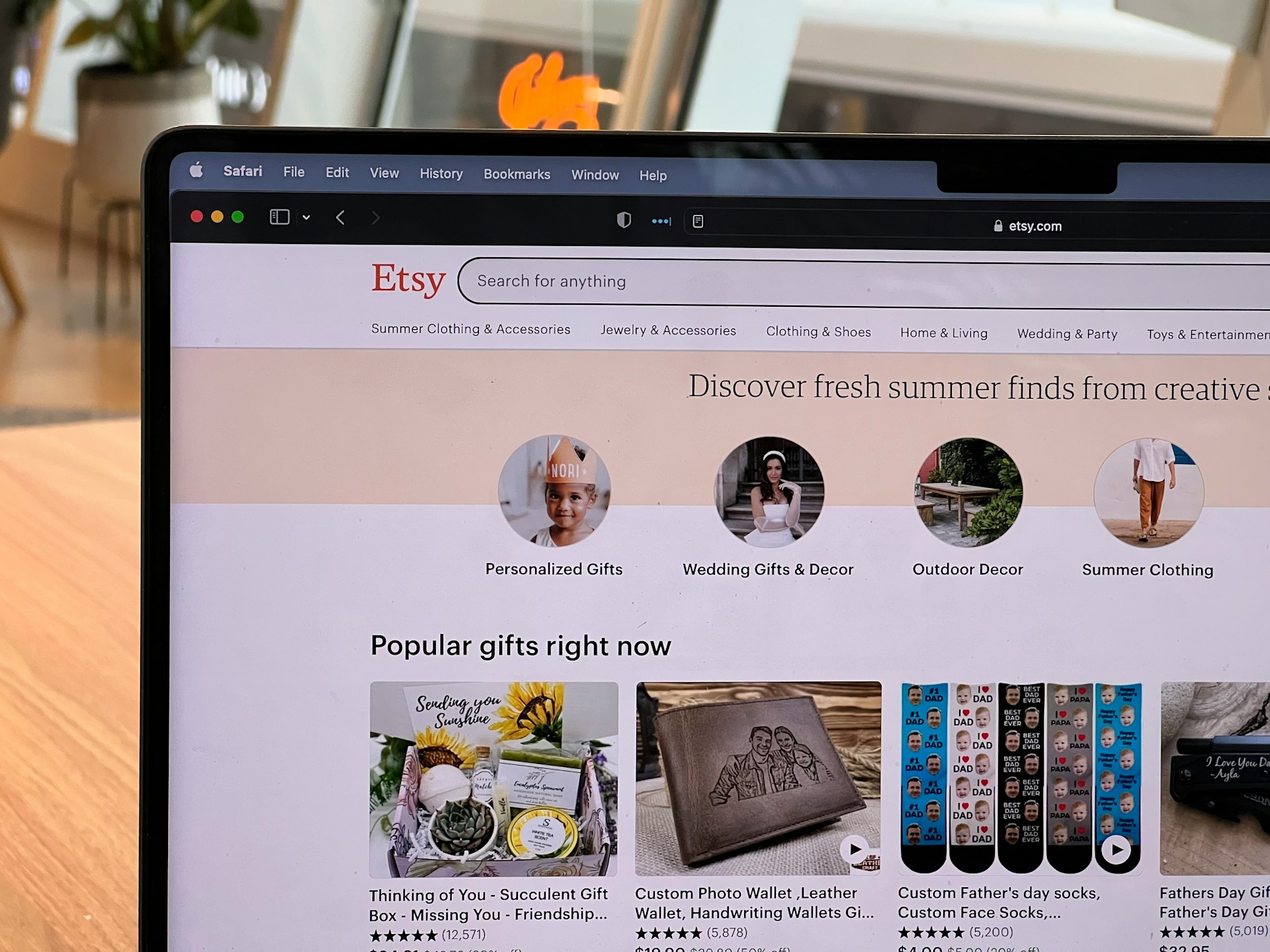Introduction
Everywhere we look, entrepreneurship is glorified. Politicians hail it as engine of growth. Business schools pitch it as pinnacle of ambition. Social media feeds overflow with stories of founders who turned ideas into empires. The promise is intoxicating: become your own boss, escape the grind, chase passion, build wealth. Yet beneath glossy narratives lies a harsher reality. For every celebrated founder, countless entrepreneurs struggle in obscurity. For every unicorn startup, thousands collapse quietly. Entrepreneurship is framed as liberation but often functions as illusion, shifting systemic risks onto individuals, masking inequality behind rhetoric of opportunity. To understand modern work, we must strip away myths and confront the realities of entrepreneurial life.
The Myth of Freedom
Entrepreneurship is marketed as ultimate freedom. No bosses, no ceilings, no limits. But reality often delivers opposite. Entrepreneurs work longer hours than employees, tethered constantly to businesses that demand endless attention. The promise of autonomy is undercut by clients, investors, markets—all acting as invisible bosses. Entrepreneurs exchange one hierarchy for many, discovering that independence often means deeper entanglement. Freedom is myth sustained by culture that celebrates hustle, disguising sacrifice as choice.
The Startup Dream
Startup culture embodies entrepreneurial myth most vividly. Stories of founders coding in garages, fueled by pizza and ambition, rising to billions, dominate imaginations. Venture capital glamorizes risk, investors chase disruption, governments celebrate innovation. Yet most startups fail within five years, often leaving founders in debt, exhausted, disillusioned. Survivors face pressures of hypergrowth, investor demands, endless pivots. Startup dream is real for few, mirage for many. Yet myth persists, inspiring generations to gamble lives on slim odds, convinced they can be next success story.
Risk Shifted to the Individual
Entrepreneurship shifts risk from institutions to individuals. Employers once absorbed uncertainties of markets, providing salaries and benefits. Entrepreneurs bear everything: health insurance, retirement, income stability. Failure becomes personal burden, not systemic inevitability. Societies celebrate risk-taking but rarely cushion its costs. Entrepreneurs who falter face stigma, debt, even ruin. Risk is reframed as noble choice, but in practice it is structural shift of responsibility. Entrepreneurship privatizes risk, socializing glory for rare winners while isolating countless losers.
Inequality in Entrepreneurship
Access to entrepreneurship is unequal. Wealthy founders leverage networks, capital, safety nets. Poorer founders face barriers of funding, resources, time. Venture capital skews toward elite circles, favoring certain demographics, geographies, and industries. Women, minorities, and migrants often face compounded obstacles, celebrated only when extraordinary but unsupported in ordinary struggles. Entrepreneurship is framed as equalizer but often amplifies divides. Success stories obscure systemic privilege; failures reveal inequality’s weight. The illusion of equal opportunity hides entrenched hierarchies shaping who thrives.
The Hustle Trap
Entrepreneurs internalize hustle culture deeply. Sleep less, grind more, sacrifice everything. Hustle becomes identity, failure equated with laziness, burnout reframed as devotion. Social media glamorizes 18-hour days, conferences preach resilience, investors demand constant sacrifice. The hustle trap persuades entrepreneurs to exploit themselves willingly, masking systemic pressures as personal choice. Health collapses, relationships strain, lives narrow to business survival. The trap is cruel: even when businesses succeed, the human cost lingers. Hustle culture sustains illusion, selling sacrifice as empowerment.
Stories from the Ground
Consider Ravi, a tech founder in Bangalore who sold possessions to bootstrap startup, only to shut down after two years, left with debt but framed as learning experience. Or Melissa, a café owner in Chicago who works 16-hour days, rarely seeing family, surviving on thin margins while social media portrays entrepreneurship as glamorous. Or Kwame, a Ghanaian farmer rebranded as agripreneur, encouraged to innovate but struggling against climate shocks and lack of infrastructure. Or Elena, a fashion designer in Milan whose brand thrives online but at cost of endless anxiety about competition and funding. These stories reveal entrepreneurship as lived struggle, more grind than glamour, more precarity than power.
The Investor Illusion
Venture capital sustains entrepreneurship myth but distorts reality. Investors chase unicorns, pouring funds into risky ventures, but demands for rapid growth often distort missions, forcing founders into unsustainable paths. Most startups never receive funding, but myth of VC-backed success dominates culture. Entrepreneurs compare themselves against rare funded peers, internalizing inadequacy. Investor-driven models reward spectacle over sustainability, hype over humanity. The illusion persists: without funding, entrepreneurs feel failures; with funding, they often lose control. Investors profit either way, entrepreneurs bear weight of illusion.
The Gig Economy as Entrepreneurship
Gig platforms market workers as micro-entrepreneurs, branding ridesharing, delivery, and freelancing as self-employment. In reality, workers lack autonomy, controlled by algorithms, bearing risks without protections. They are entrepreneurs in name but laborers in practice. Platforms exploit entrepreneurship myth to avoid responsibility, reframing precarity as freedom. Workers internalize illusion, branding themselves as hustlers, CEOs of micro-enterprises, even as they endure instability. The gig economy exemplifies entrepreneurship illusion at mass scale, millions sold independence but delivered dependence on opaque algorithms.
Entrepreneurship as Identity
Entrepreneurship extends beyond business into identity. To be entrepreneur is to embody certain ethos: resilience, creativity, disruption. Failure is reframed as badge of honor, even if devastating. Society valorizes entrepreneurs as heroes, innovators, saviors, regardless of costs borne by them or their workers. Entrepreneurship becomes cultural myth, shaping aspirations of youth, policies of governments, branding of nations. To identify as entrepreneur is to claim status, even when reality falls short. Identity sustains illusion, making entrepreneurship not just activity but cultural archetype.
Media and the Hero Narrative
Media glorifies entrepreneurial heroes: Steve Jobs, Elon Musk, Oprah Winfrey. Biographies, movies, and documentaries frame them as visionaries who defied odds. Yet behind each story are layers of privilege, luck, teams, contexts often erased. Hero narrative sustains illusion, convincing individuals they too can rise alone. Media ignores vast majority who fail, die in obscurity, or endure precarity. Heroism obscures systemic realities, keeping myth alive. The cultural power of entrepreneurship thrives not on truth but on selective storytelling.
The Politics of Entrepreneurship
Governments embrace entrepreneurship as policy, offering incubators, grants, hackathons. Politicians hail entrepreneurs as job creators, innovators, backbones of economies. Yet support often flows to elite sectors, neglecting grassroots or small-scale businesses. Entrepreneurship becomes ideology, replacing collective protections with individual responsibility. Welfare shrinks, safety nets erode, precarity framed as opportunity. The politics of entrepreneurship disguise withdrawal of state support, embedding illusion deeper. To resist is framed as laziness; to comply is to gamble lives on fragile ventures.
The Hidden Costs
The hidden costs of entrepreneurship extend beyond individuals. Families bear stress of unstable incomes, children absorb absence of overworked parents, communities suffer when businesses collapse. Mental health tolls rise: anxiety, depression, burnout. Financial risks devastate households, wiping savings, mortgaging futures. The costs are distributed widely but rarely acknowledged, hidden beneath rhetoric of resilience. Entrepreneurship is sold as empowerment but often transfers costs invisibly, sustaining systems that profit from individual risk-taking.
Resistance and Alternatives
Not all entrepreneurs accept illusion uncritically. Cooperatives, community-owned enterprises, and social businesses challenge narratives of solitary heroism. Collective models distribute risk, share rewards, prioritize sustainability. Some reject hustle culture, building businesses deliberately small, valuing balance over growth. Alternatives exist but struggle against dominant myths reinforced by media, investors, and governments. Resistance is possible but fragile, requiring cultural shifts as much as economic reforms. The future of entrepreneurship depends on whether societies continue glorifying illusions or support sustainable alternatives.
Conclusion
The illusion of entrepreneurship endures because it inspires, motivates, and justifies. It promises freedom but delivers exhaustion, sells independence but embeds dependence, glorifies heroes but hides failures. For some, it works; for many, it wounds. To confront illusion is not to dismiss entrepreneurship but to see it clearly, stripped of myth. Until then, millions will chase dream of being their own boss, discovering too late that freedom sold as liberation often feels like another form of bondage, dressed in rhetoric of choice and opportunity.

